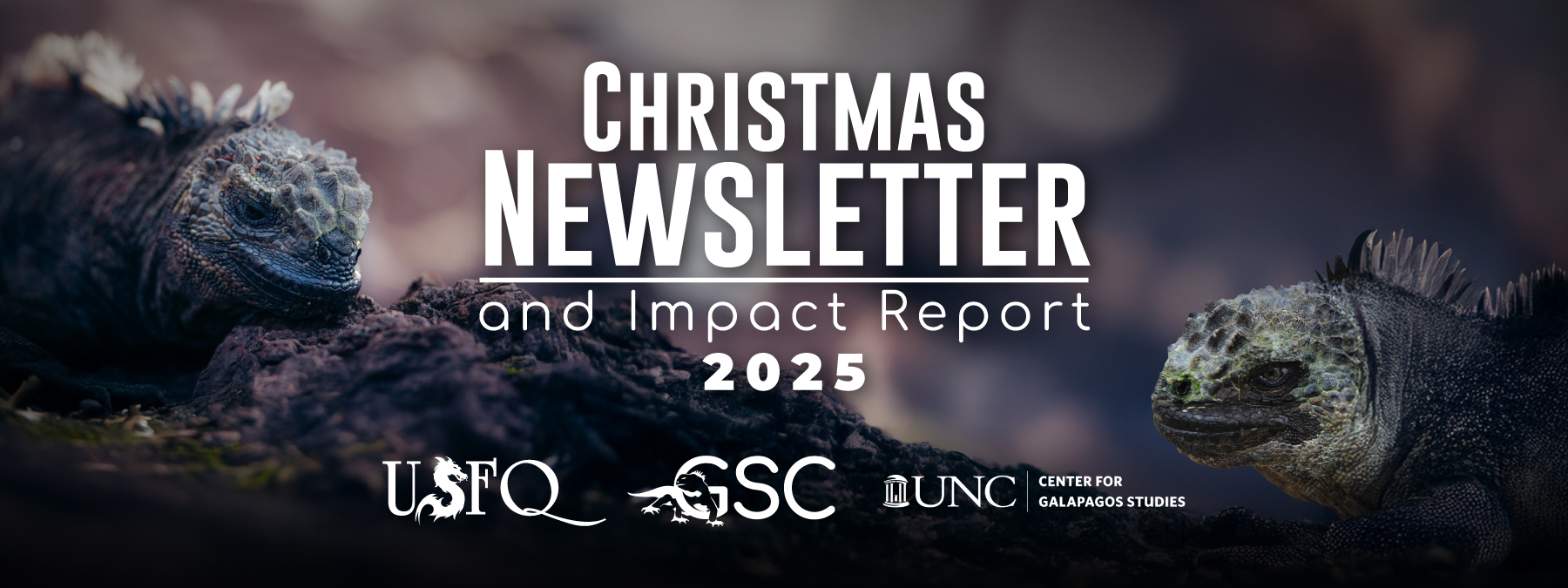The Galápagos Islands host a unique biodiversity but face increasing threats from emerging diseases. Among them, tick-borne pathogens such as Anaplasma spp. are of concern due to their potential impact on both domestic animals and wildlife. Understanding their presence and transmission dynamics is essential for conservation and public health.
This study aimed to determine the presence and prevalence of Anaplasma species in dogs across four islands of the Galápagos (Santa Cruz, San Cristóbal, Florena and Isabela) and to evaluate the potential vector role of the tick Rhipicephalus linnaei in transmitting these pathogens.

Blood samples from 1,221 dogs and ticks collected from hosts were analyzed using molecular and morphological techniques. The results showed a high prevalence of Anaplasma phagocytophilum (20.3%), mainly in Santa Cruz (35.16%) and Isabela (18.9%), and A. platys in 2.9% of samples. Genetic analysis identified A. phagocytophilum ecotype I, closely related to European strains, while R. linnaei was the only tick species found, suggesting its role as a vector.
This research provides the first molecular confirmation of A. phagocytophilum and A. platys in dogs from the Galápagos Islands. The findings underscore the importance of continuous surveillance and control measures to mitigate the spread of tick-borne diseases and protect the fragile biodiversity of this unique ecosystem.
Read the article here: https://doi.org/10.1155/tbed/5542334






